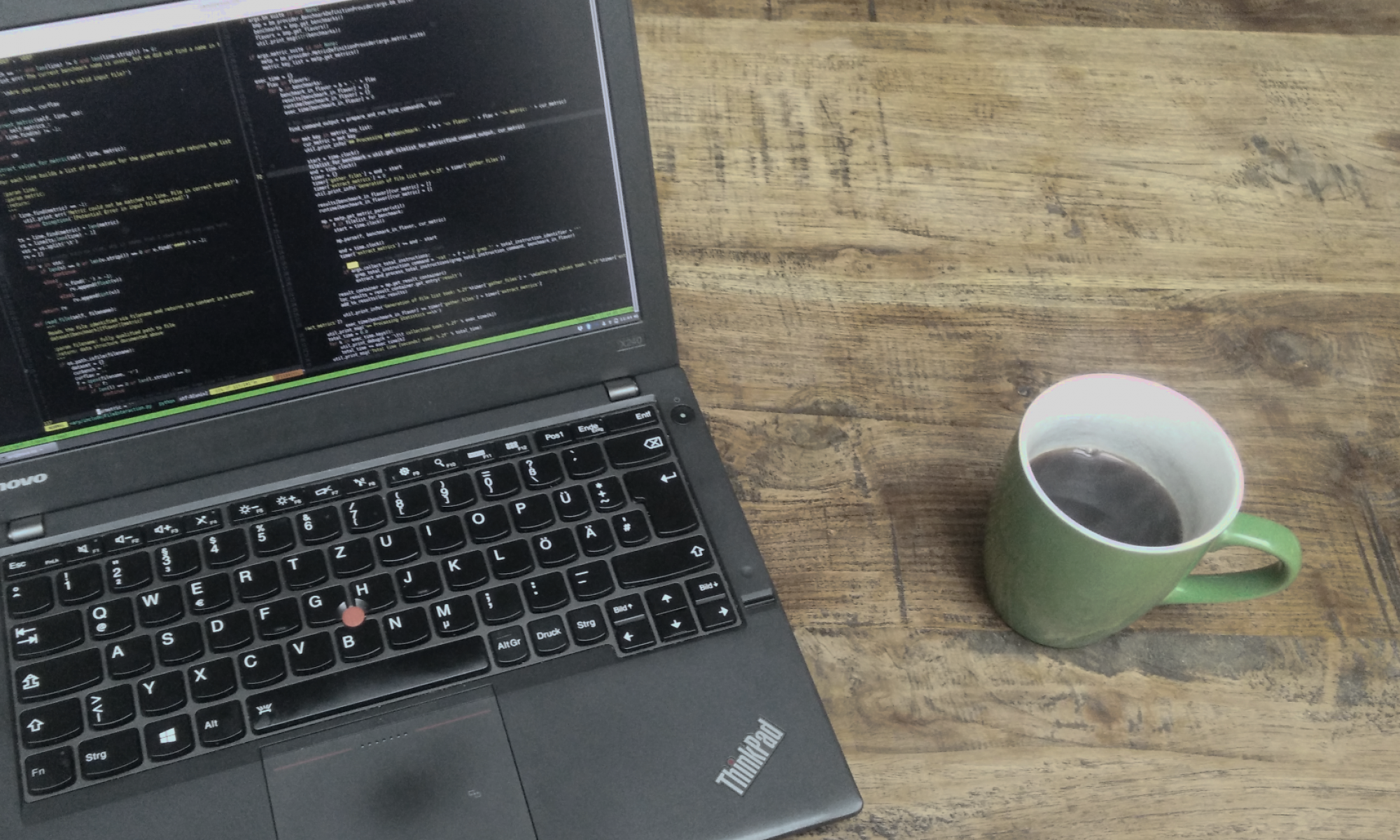We started to use Overleaf for collaborative writing of our research papers. After a few papers and other documents, I decided I share my experiences with it.
First, what did we do before we started using Overleaf?
Well, we used a git repository for the paper to synchronize the changes between different authors. Everybody used their favorite text editor and we agreed on some code style. My experience was that the most important thing is: write one sentence per line, because it makes merging just so much easier. Then we would send the pdf of the draft to whoever is doing the internal review. We get back a paper copy with handwritten remarks to be included and iterate the whole process. This isn’t bad, and I totally understand if people prefer to read on a printed out copy.
Now, how did Overleaf change this?
Overleaf is a little bit like multiplayer LaTeX. What we found to be more important: it sets up the pdf version of the paper immediately. This is particularly helpful for the internal review – at least in our group. With its comment mechanism, people can simply annotate the respective parts of the document. If they only found a typo, they can also immediately fix it in the document. This makes the review easier and faster accessible. I would, however, agree that the introduction of Overleaf is not the most important thing that ever happened.
That’s all great! What can’t it do?
I found it to be somewhat annoying that the editor is an always-on solution! You cannot, at least I did not see how, make the document / editor available offline to, say, work on a document while flying across the Atlantic [Yes, I am assuming you do not want to use the WiFi in the plane]. If you dig a little bit into it, you find that the Overleaf document is actually a git repository behind the scenes. Let’s just clone it, so we can work offline and then push the changes. Unfortunately, you can’t do this. The first part worked smoothly: cloning the project’s git. The second part, pushing changes to it, failed. At least I did not manage to add my credentials in a way that allowed me to push changes to the remote.
So what’s the conclusion?
My conclusion is: Overleaf provides a convenient way to collaborate with authors from other groups / institutions easily. It allows for nice and easy WYSIWYG reviewing and you can export the final document as a git to store it on your local git server, if you want to do so, e.g., for archiving purposes. Should you mostly find time to work on documents while you don’t have Internet access, Overleaf may not be the best solution.
